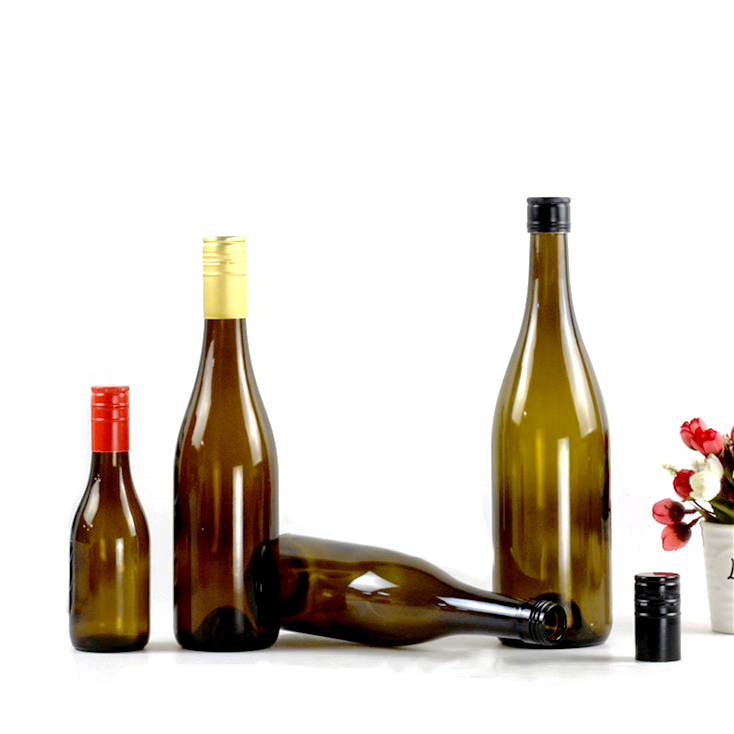Since more than ten years ago, some of Burgundy’s top white wines have experienced premature oxidation, which surprised wine collectors. 10 years on, it has begun to show signs of decline. The occurrence of this premature oxidation phenomenon is often accompanied by the wine becoming cloudy, excessive oxidation smell in the bottle, almost making the wine undrinkable, and the most worrying thing is that this phenomenon is unpredictable. In the same box of wine, a certain bottle of wine may experience premature oxidation. In 1995, this oxidation phenomenon was first recognized by people, and it began to be widely concerned in 2004, which aroused heated discussions and continues to this day.
How do Burgundian winemakers deal with this unpredictable oxidation? How does premature oxidation affect Burgundy wines? Here is a list of how wine growers respond.
First, start with the wine cork
With the increase of wine production, more and more wine merchants around the world are using natural oak stoppers in large quantities in pursuit of quality, which once caused the supply of oak stoppers to exceed demand. In order to meet the demand, cork manufacturers remove the bark used to make cork from the oak trunk prematurely. Although the cork is mature, the quality of the cork produced is still reduced, which leads to premature oxidation. question. There is also a case where premature oxidation due to cork problems caused relatively minor problems at Domaine des Comtes Lafon and Domaine Leflaive, the specific reasons for which are unknown.
In order to combat premature oxidation, some wine merchants in Burgundy have introduced DIAM corks since 2009. DIAM corks are treated with high temperature and high pressure on the oak particles used to make DIAM corks. On the one hand, the TCA residues in the wine corks are removed. On the other hand, the oxygen permeability rate is strictly controlled, so that the phenomenon of premature oxidation is significantly reduced. In addition, the problem of premature oxidation can be effectively slowed down by increasing the length and diameter of the wine cork.
Second, reduce the impact of mold
During the growth of mold, a kind of laccase (Laccase) will be produced, which can obviously intensify the oxidation of wine. In order to effectively reduce the presence of laccase, winegrowers in Burgundy sort the grapes to the greatest extent, and remove any damaged and possibly mold-contaminated grape particles, so as to inhibit the possibility of premature oxidation in the future.
Third, harvest early
Late harvesting, which began in the 1990s, has resulted in wines that are rounder, fuller, and more concentrated, but with a loss of acidity. Many wineries believe that high acidity will effectively reduce the occurrence of premature oxidation. Early-harvest wineries in Meursault rarely suffer from premature oxidation. In any case, there are more and more wineries in Burgundy harvesting earlier, and the wines produced are more delicate and balanced, rather than full and thick as they were in the past.
Fourth, more powerful juicing
The airbag press is the first choice of modern winemakers. It gently squeezes and breaks the skins, effectively isolates oxygen, produces juice faster, and makes wines that are more refreshing. However, the grape juice squeezed out under this complete oxygen isolation But exacerbated the occurrence of premature oxidation. Now some wineries in Burgundy have chosen to return to the frame press or other presses with stronger extrusion force, following the tradition and avoiding the occurrence of premature oxidation.
Fifth, reduce the use of sulfur dioxide
On the back label of each bottle of wine, there is a text prompt to add a small amount of sulfur dioxide. Sulfur dioxide acts as an antioxidant in the winemaking process. In order to make more refreshing wine and protect the grape juice from oxidation, more and more sulfur dioxide is used. Now due to the phenomenon of premature oxidation, many wineries have to consider the amount of sulfur dioxide used.
Sixth, reduce the use of new oak barrels
Can a high proportion of new oak barrels be used to make good wine? A high proportion of new oak barrels, or even completely new oak barrels to cultivate wine, has become quite popular since the end of the 20th century. Although new oak barrels increase the complexity of wine aromas to a certain extent, too much of this so-called The “barrel flavor” makes the wine lose its original characteristics. New oak barrels have a high oxygen permeability rate, which can significantly accelerate the oxidation rate of wine. Reducing the use of new oak barrels is also a way to reduce premature oxidation.
Seventh, reduce the mixing bucket (Batonnage)
Barrel stirring is a process in the wine production process. By stirring the yeast settled in the oak barrel, the yeast can accelerate the hydrolysis and incorporate more oxygen, so as to achieve the purpose of making the wine fuller and more mellow. In the 1990s, this technique was also very popular. In order to achieve a round taste, the barrels were stirred more and more frequently, so that too much oxygen was incorporated into the wine. The problem of premature oxidation makes the winery have to consider the number of times the barrels are used. Reducing the number of barrels will make the white wine brewed not too fat but relatively delicate, and it can also effectively control the phenomenon of premature oxidation.
After the improvement of the above several processes, the phenomenon of premature oxidation has been significantly weakened, and at the same time, the excessive use of new barrels popular at the end of the last century and the “fat” style of brewing have been restrained to a certain extent. Today’s Burgundy wines are more delicate and natural, and the role of “people” is becoming smaller. This is why Burgundians often mention respect for nature and terroir.
Post time: Jan-30-2023

